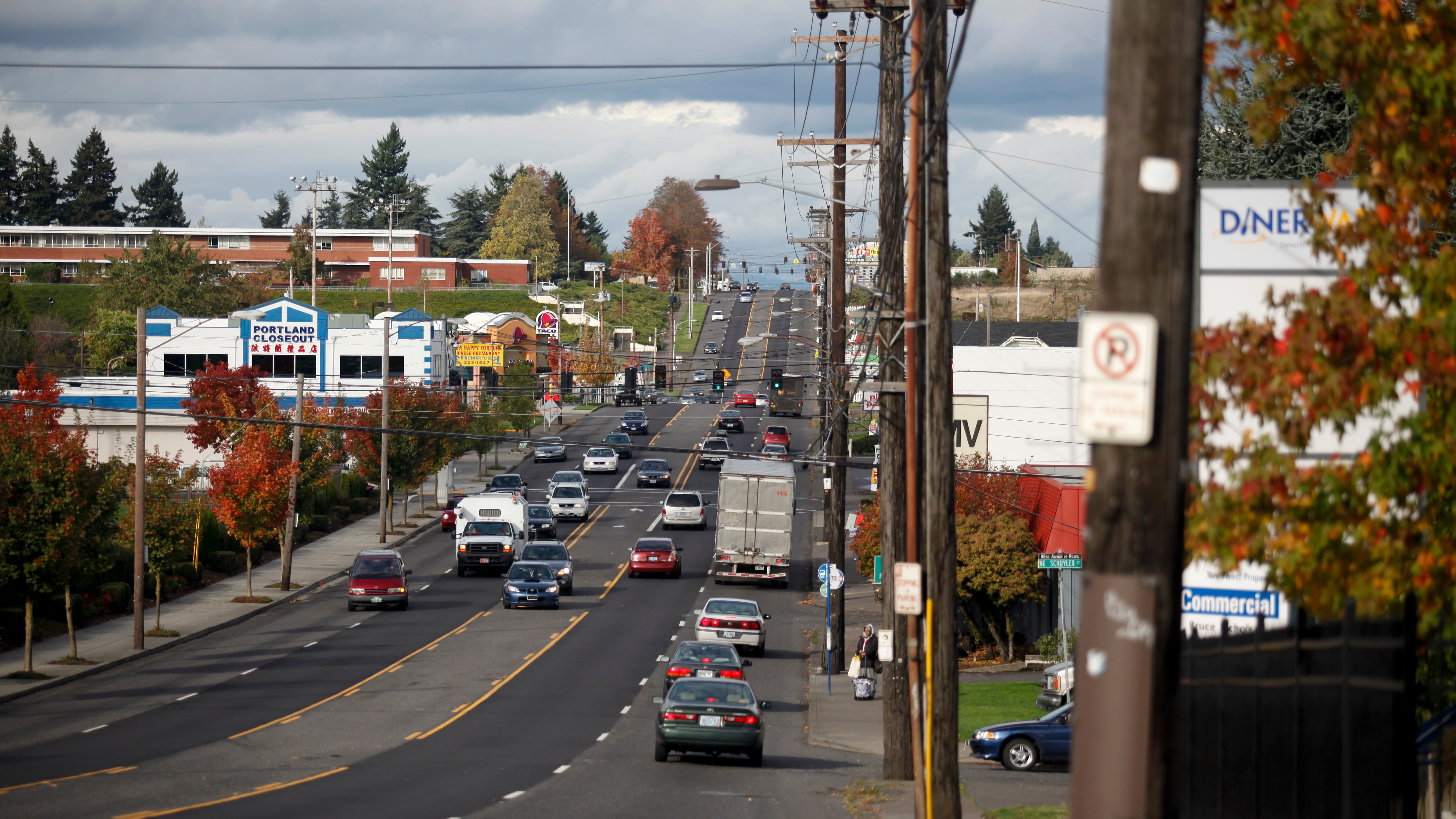Welcome to East Portland, home of the $300,000 house.
The neighborhoods east of Interstate 205 are the only parts of the city where the average purchase price remains less than $300,000, according to Portland Housing Bureau data.
But in the past three years, two Portland neighborhoods surrounding 82nd Avenue saw median home sale prices cross the $300,000 threshold.
As measured by the rest of Portland, that's a bargain—after all, the median selling price for a home in this city in 2016 was $381,108.
But home prices have increased even faster on the outer eastside than in the city as a whole.
The $300,000 sales price is a benchmark, because the average Portland household can make mortgage payments for a $300,000 home without spending more than 30 percent of their monthly income.
City-compiled statistics lag behind privately published data, but they give a clearer picture of how home values change from year to year.
That leaves just six places in the city where the average family can afford a house. (The Lents and Foster neighborhoods, which in 2016 saw the city's biggest increase in home prices, are now perched on the brink: The median sale price there is $299,000.)
Here are eight East Portland neighborhoods, and how much home prices jumped between 2011 and 2016.

Roseway-Cully
Median price: $365,000
Increase: 39 percent
Montavilla
Median price: $383,950
Increase: 36 percent
Lents-Foster
Median price: $299,000
Increase: 50 percent
Parkrose-Argay
Median price: $286,000
Increase: 37 percent
Gateway
Median price: $271,700
Increase: 41 percent
122nd-Division
Median price: $247,750
Increase: 42 percent
Centennial-Glenfair-Wilkes
Median price: $248,000
Increase: 42 percent
Pleasant Valley
Median price: $312,951
Increase: 40 percent

